The animal nutritionist is interested in the diet of animals, whether they are livestock on farms, animals at the zoo, or pets in our homes. They are interested in developing foods that enhance the health and growth of an animal. An interest on both science and animal welfare is necessary.
The location of work for animal nutritionists can be varied and may include laboratories, pet food producers, and office-based marketing roles.
We all know that it is important that the food we feed our pets is safe and wholesome. The work of an animal nutritionist helps us to feel secure in the knowledge that we are feeding good quality food to our pets.
School courses that can help with this career choice are chemistry, physics, biochemistry, math, animal behavior, economics, food processing and animal production techniques. Training to become an animal nutritionist would normally include a veterinarian degree, and possibly a further degree in nutrition.
An animal behavior consultant is trained to identify the behavior problems in pets, and to suggest possible solutions that could help to alleviate the problem behavior.
You could gain experience in this field by working in a veterinarian’s office, or volunteering at a local shelter, and having daily contact with cats that may have behavior problems. That would help you learn to identify the problems that cats may be prone to.
Animal behavior courses and training seminars are necessary for consultants to keep up-to-date.
Find more information on the web site of The International Association of Animal Behavior Consultants (IAABC)
It takes a special kind of person to work in an animal shelter. There is a great deal of satisfaction working with the animals, but the job is both physically and emotionally demanding.
You could get a feel for whether this job is right for you by volunteering at a local shelter. Learning what is required of a shelter worker is usually “on the job” training. Cleaning and disinfecting animal cages is only part of the job, and shelter workers are often required to hold or restrain animals, who are often frightened in their new surroundings. Restraining such an animal could put you at risk of bites or scratches.
According to the U.S. Department of Labor, the demand for animal care and service workers in animal shelters is expected to remain steady, mainly because many workers leave this occupation each year.
Being a breeder of pedigreed cats isn’t so much a career choice as it is a hobby, but we’ve included it here because it is a rewarding hobby. There is much satisfaction to be found in raising a litter of kittens, taking them off to their first cat show and watching them win.
Becoming a breeder of pedigreed cats requires a great deal of information about your chosen breed. Many breeders will recommend that someone interested in starting a breeding program become familiar with the breed standards by exhibiting a neuter or spay in the Premiership Class. This will give you breed knowledge that will be invaluable when it comes to raising and evaluating your own litters.
Breeding of cats should not be looked at as a source of income. It’s strictly a hobby, unless it’s done on a very large scale. Hobbies are usually expensive, and breeding pedigreed cats is no different.
A cartoonist is a person who draws cartoons. If you like to sketch funny drawings, especially of cats, then this could be a career for you.
Usually, a cartoonist will rough out their sketches using a pencil, and then finalize them with black ink. Lettering is added to create the conversation. Occasionally, cartoons are finished by painting them in color. Cartoons can be either a single drawing, or a series of drawings that could become a cartoon strip or a comic book.
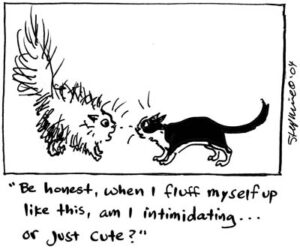 |
Cartoons are published in both newspapers and magazines, whether print or online. They are also used on greeting cards, in illustrated books, plus for creation of storyboards for animated movies and TV cartoon shows.
Breaking into the cartoonist field may be difficult, but magazines are always looking for something new and fresh to print, so submitting your best cartoon to magazine publishers is a good place to start.
Cartoonists must have a natural talent for drawing, and neat writing for lettering. You will need to learn the basics of good drawing, and practice a lot to fine tune your skills. Take any drawing classes available at elementary and high school levels. Enroll in vocational, college or university courses on fine art to improve your skills. Try to find an intern or apprentice position to gain experience.
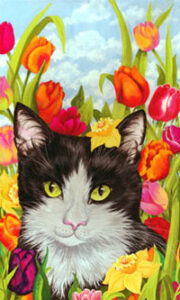
When you pick up a book about cats, chances are that you will see drawings in it. These are done by an illustrator. Usually, the author or publisher will contact an illustrator to discuss ideas regarding drawings that will help to show the ideas and emotions of the story. Illustrators have to understand these ideas and emotions, and be able to turn them into drawings or sketches that “illustrate” and enhance the story line.
Illustrations can either be imaginary (for a story book) or technical (for a book about specific things, such as the anatomy of a cat). Besides books, illustrations can be found on greeting cards, post cards, note cards, bank checks, posters, web sites, etc.
Normally, illustrators work on a freelance basis, which means that they work privately, usually with a specific contract, to produce the required drawings within a set period of time.
Illustrators will have a natural talent for drawing or painting, a vivid imagination and the ability to sketch a wide variety of subjects. You will need a high school diploma, and college or university courses in fine arts or graphic design.
There is always a need for pet sitters, and those who have an uncanny ability to relate to all kinds of animals are often in high demand. Pet sitters often have to be able to juggle numerous daily visits to homes in a large area, and will be very busy on weekends and during holidays. The animals you look after rely on you, and you must be very diligent when trusted with their care.
Look for training courses at vocational schools, and join a professional pet sitting organization such as the National Association of Professional Pet Sitters (NAPPS). Pet sitters may need to be certified, licensing may be required in your city/state, and you should be bondable as you will have access to homes when the owners are away.
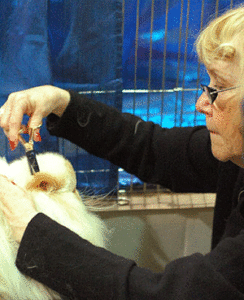 Pet Groomers give cats, dogs and other small animals a bath, clip their coats, trim nails, and clean ears. Grooming an animal includes a shampoo, combing or brushing, and blow-drying of the coat, as well as cutting or clipping the coat to remove any mats and tangles.
Pet Groomers give cats, dogs and other small animals a bath, clip their coats, trim nails, and clean ears. Grooming an animal includes a shampoo, combing or brushing, and blow-drying of the coat, as well as cutting or clipping the coat to remove any mats and tangles.
Grooming a cat for the show ring, as in the photo on the right, takes special care and talent.
Groomers need to be very patient with animals, and not have any allergies.
There are not many courses available to learn how to become a pet groomer, but vocational schools may offer a course in grooming. Usually, this is an on-the-job learning process, and the veterinary clinic or grooming salon where you work will train you.
 Some veterinarians prefer to work in research, using a full range of sophisticated laboratory equipment. Research specialists have developed a yearning for the knowledge to solve specific health related problems.
Some veterinarians prefer to work in research, using a full range of sophisticated laboratory equipment. Research specialists have developed a yearning for the knowledge to solve specific health related problems.
Veterinary research programs can be found at many universities, especially at those that have a veterinary college. Usually, you will have to be enrolled in veterinary course in order to pursue a research specialty course.
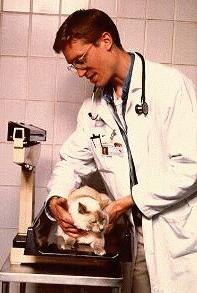
Veterinarians (vets) diagnose and treat sick and injured animals. Some work in a general practice and treat all kinds of animals, but some specialize in cats or other animals such as dogs or horses.
Veterinarians must be able to communicate with animals, and their owners, in a patient, sensitive and sympathetic way. They must recognize symptoms of diseases, and be able to advise a course of treatment. Good surgical skills are a necessity.
A lot of training is required in order to become a licensed veterinarian. You must have an interest in, and excel at, courses related to science, biology, chemistry, physics, etc. You should possess a high level of scientific ability, and have the commitment to undertake lengthy and continual training. You must graduate with a Doctor of Veterinary Medicine degree veterinary from an accredited school of veterinary medicine, and will need to be licensed to order to practice. Continuing education is important, so a veterinarian must constantly update their knowledge by attendance at seminars and symposiums where they can learn the latest advances in treatment of diseases.
The American Veterinary Medical Association (AVMA) has developed a series of presentations for grades K-12 to explain veterinary careers in the classroom. Presentations are available for grades K-3, 4-6 and 7-12.

A veterinary technician is a person who helps veterinarians in the treatment of animals. With direction from the veterinarian, technicians will help with physical examinations that determine what is wrong with an animal.
Duties of a veterinary technician may include:
- administer medications, vaccinations, anesthesia and blood plasma to the animals
- take and record temperature, pulse and respiration
- collect and label specimens for culture or microscopic examination
- dress and suture wounds,
- apply splints and other protective devices
- clean and extract teeth
Training to become a veterinary technician requires a high school diploma and then enrollment in a veterinary technology program at a college. Veterinary technicians are invaluable helpers in any veterinary hospital.
Writers and authors are people who create the articles and books that we read. What you write can be short stories or complete books, poems or humorous essays, magazine articles, newspaper columns, educational materials, or text for use on a web site.
Writing requires a lot of research about a subject, and means spending many hours writing, and rewriting again and again, until the finished article or book is to your satisfaction. Most authors write on a freelance basis, which usually means working from home, creating an idea, writing an outline, and trying to sell the concept for a complete article or book to a publisher. Once someone is interested in your ideas, and you have an agreement to publish, you must spend a lot of time to actually create the finished article or book, often with a deadline for submission.
There are no formal education requirements to become a writer. You should have a good command of the English language, know how to construct a sentence, use good grammar and be excellent at spelling. If you want to write about cats, you must have a keen interest in them, know how to do research, and learn how to develop an idea into a story. You can work to perfect your writing skills by constantly writing short stories, or working on a school newspaper or yearbook. College or university courses can help develop writing skills.
Unless you have a job where writing is required, you may find that it can be difficult to get your foot in the door and actually have a book published. It would be easier to start by submitting of articles for consideration to magazines, or columns to newspapers. Once you develop a reputation as extremely knowledgeable about your chosen topic, finding a publisher becomes easier.
